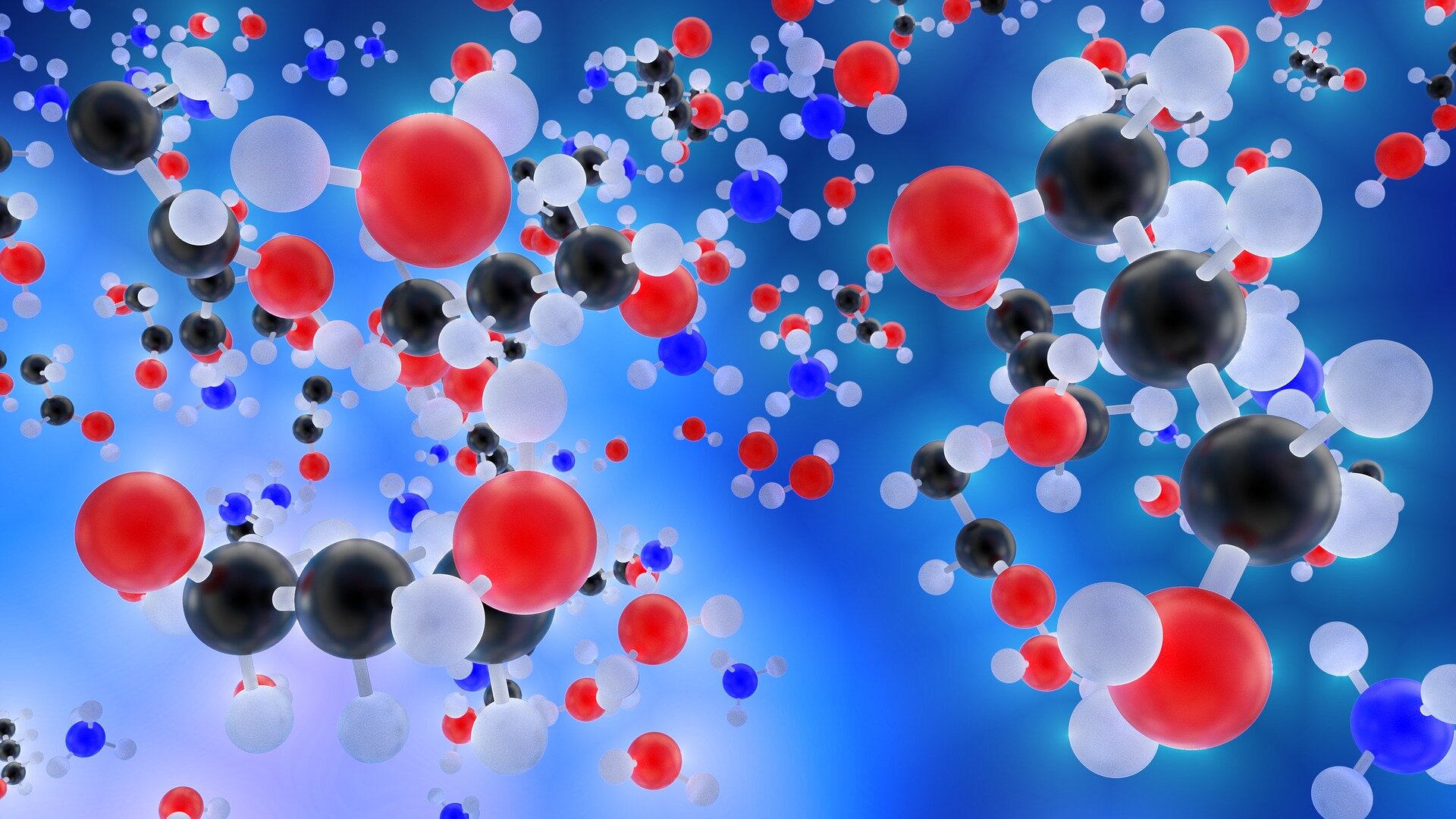- Most young scientists will not study plant science. So why did I?
- Plant science: overlooked research area that gave birth to cell biology
- Particle theory: how a humble finding in plant science transformed physics and chemistry
- Osmosis: phenomenon born out of plant science linked physics and physiology, saves lives
- Virology: science and medicine discipline emerged from plant science
- Plant science discovered first-ever enzyme and kick-started biochemistry
Researching plants is vital for our food security, maintaining our ecosystems and in our fight against climate change. Plant science is equally important to generate new knowledge that breaks disciplinary barriers to revolutionise several fields of research and innovation. But despite its valuable contribution, scientists and prospective young scientists often overlook plant science. It’s because of this low recognition, plant science doesn’t get the same prestige as other disciplines. This is detrimental to the future of plant science as bright young students continue to choose a career away from plant science. I never considered studying plants myself – it was entirely accidental that I studied plant science.
In other words, scientists and prize committees question the influence of basic plant science across different disciplines.
But the fact is that ever since the early days of science, plants have been central to breakthroughs. Discoveries in plant science have enabled technological advances that we enjoy today. Therefore, I’m aiming to write a series of blog posts to highlight a few significant findings from research in plants. Here, I explain how plant research revolutionised the field of cell biology.
Study of the basic unit of life
From the most basic to the most complex lives, all forms of life are either one cell or an arrangement of many cells. The cells carry out biochemical processes that keep the organisms alive. They also contain the genetic information required for their replication.
Cell research has been instrumental in the discovery of numerous medicines and finding cures of diseases. That’s why cell biology is a big area of study in research and innovation. Research organisations are studying the function of cells to understand their roles. The knowledge from basic research leads to drugs discovery or better crop breeds. Therefore, if we are to find cures for diseases like cancers or Alzheimer’s disease, or improve food production, then understanding of cellular function is crucial. So cell science is a vast topic that employs thousands of researchers worldwide generating billions of dollar of investment.
Origins of cell research
And the beginnings of the cell science goes back to research in plants.
In 1665, Robert Hooke used one of the first modern microscopes that he developed to observe tiny, hollow structures in oak cork. He termed these compartments as “cells”. Hooke was the first person to observe these structures, and we still call these compartments, cells. Nearly two centuries later, in 1838, Matthias Jakob Schleiden published his article “Beiträge zur Phytogenesis,” where he concluded that cells are the building blocks of plants that make up the whole of plants and their parts.
A year later, building Schleiden’s observation, Theodor Schwann replicated the findings that, like plants, animals tissues also compose of cells. Schleiden’s initial study gave rise to the “cell theory” that cells serve as the building structure of all organisms, and that one or more cells make up all living beings. A few years later in 1845, plant scientist Alexander Carl Heinrich Braun changed the cell theory defining cells as the basic unit of life. The cell theory born out of 19th-century plant science has broadly stood the test of times. It still serves as a fundamental biological principle that has helped build the vast field of cell science.
The cell theory also states that the cells form from pre-existing cells. And plant scientists discovered cell division first. In 1832, Barthelemy Dumortier described the process of cell division in plants and named his finding and the process, “binary fission”. However, Dumortier rarely gets the credit as the true discoverer of cell division. In 1835, Hugo von Mohl reported his discovery where he saw green algae cell division under the microscope. Therefore, plant scientist von Mohl is widely credited as the person that discovered cell division. Hugo von Mohl was also the first scientist to introduce the term “protoplasm” to describe the cell contents that contain vital materials for it to be alive.
Discovery of cellular compartments
A few years before the establishment of the cell theory, in 1831, Robert Brown published details of a distinct structure in his study of orchids. He reported “a single circular areola” in each of the epidermis cells of Orchideae. Brown described the circular structures to be “more or less distinctly granular,” and that “this areola, or nucleus of the cell as perhaps it might be termed, is not confined to the epidermis”. This was the first time anyone had reported any cellular compartments or organelles.
Several other organelles have been identified in various organisms since then. Organelles are crucial to the formation of a complex life, and the nucleus is the most important of all organelles. The nucleus contains the genetic information in cells. And these organelles are essential to keep the organism alive. The discovery of the nucleus in plants paved the way for the beginning of a new field of organelle science. In fact, my PhD and my postdoctoral research were studying cellular compartments.
Outside boundary of the plant cell was easily visible due to a thick cell wall. But the barrier of the animal cell was invisible through early microscopes. Many scientists believed that the attraction of fluids or surface tension held the cell and its contents together. This was the belief until a prominent plant scientist Carl Nageli performed osmotic experiments in 1855 to conclude that a surface layer bounds the cell together. He named this layer the “plasma membrane”, which was found to be denser and more viscous than the cytoplasm. We still call this layer the plasma membrane, and it’s now an entire area of a research topic in itself.
Plant scientists have made countless other discoveries that have made significant differences in the field of cell biology. If you study cells, you should be thankful for the plant sciences. If you find yourself questioning the contribution of plant scientists – remember that the field of cell research itself was born out of plant science.



Leave a Reply